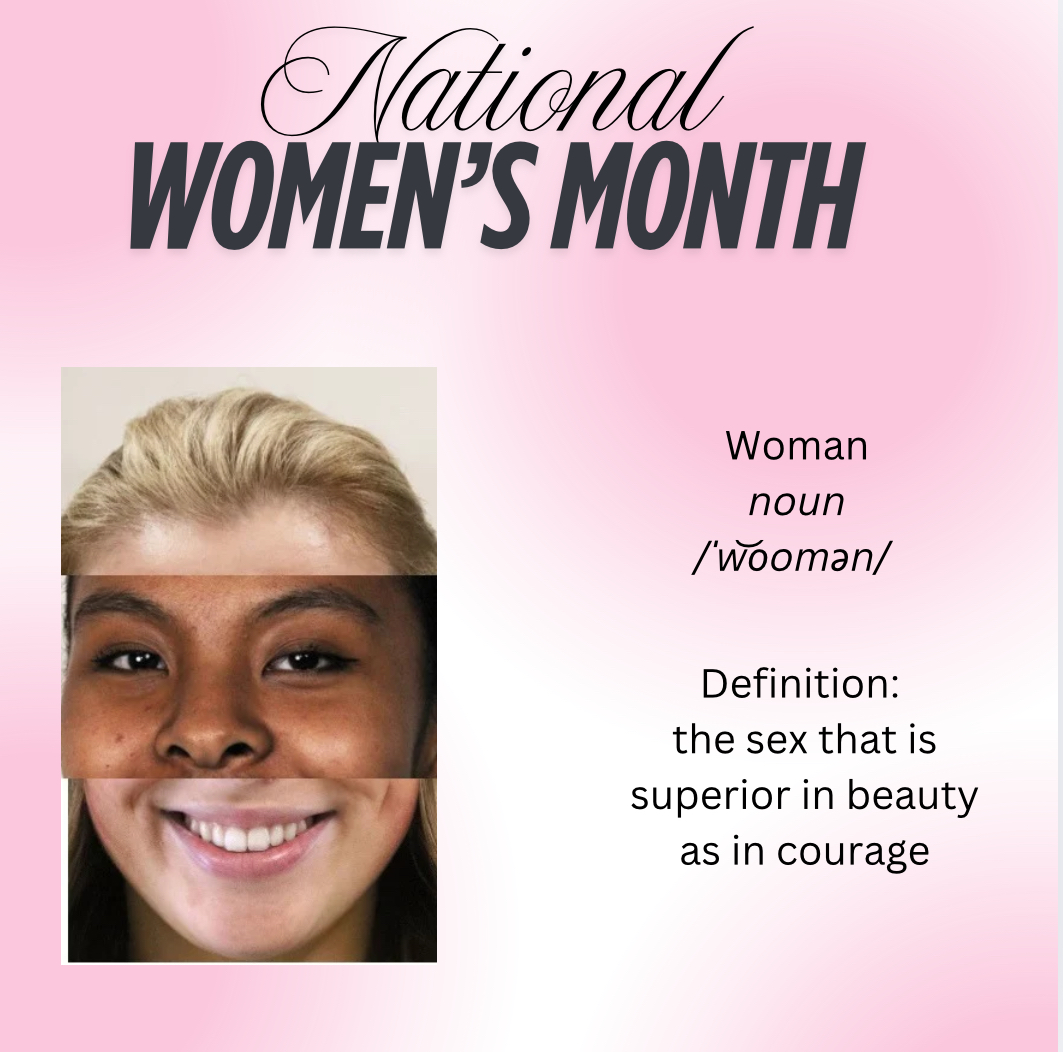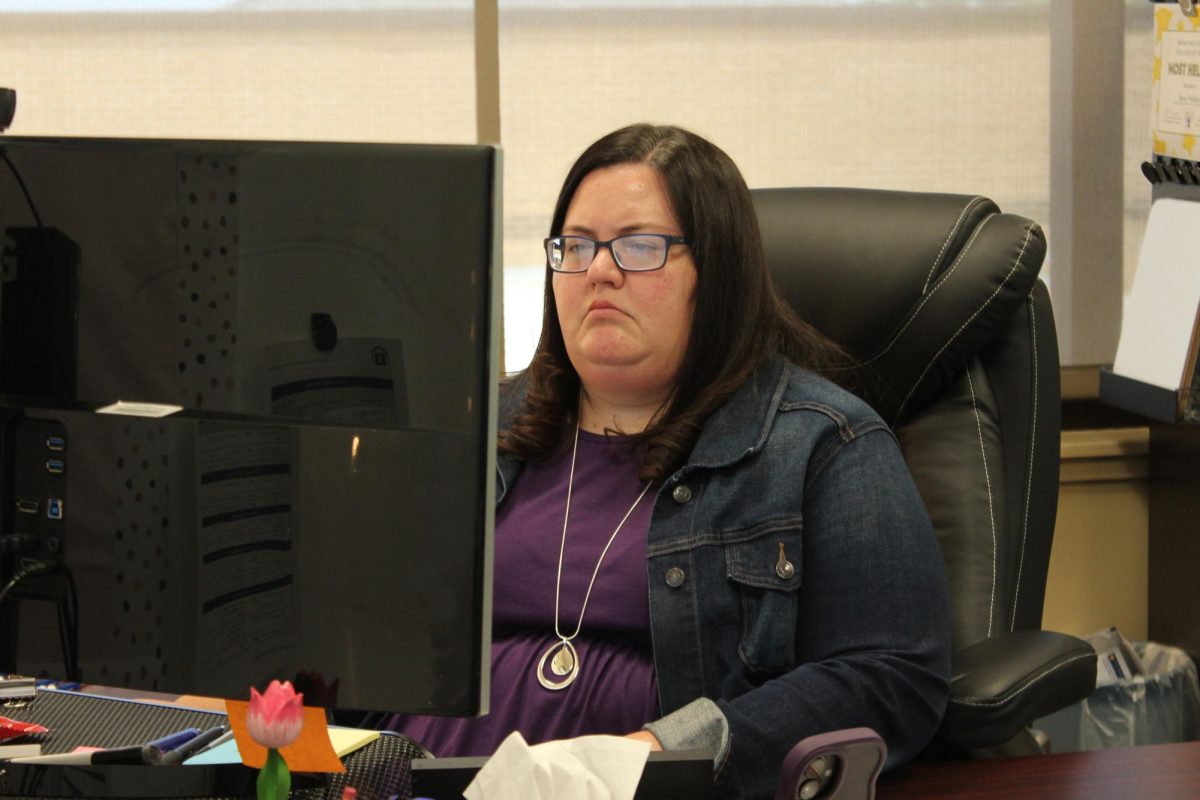The fight for women’s suffrage has been an ongoing battle throughout history. Notably it started in the United States around 1848 with the Seneca Falls Convention, which later led to the women’s suffrage movement. However, even before that “The Declaration of the Rights of Women and the Female Citizen” was written and published by Olympe de Gouges in 1791. In this document women were referred to as, “the sex that is superior in beauty as in courage,” which has become influential in the fight for women’s suffrage.
The fight for women’s rights increased after this with impactful speeches from many, including Sojourner Truth’s “Ain’t I a Woman?” speech in 1851. Since then, women have made impactful moments in history and leadership despite the biases that they face on a day to day basis. Even after gaining “equal” rights to men, the pay gap and discrimination against their gender is visible in today’s world.
Women typically experience prejudice in the workplace on many different levels. Superintendent Dr. Karen Walters often struggled with being underestimated in a male-dominated education field.
“I feel like people often thought ‘well she’s not quite ready for that,’ both because of my gender and the fact that I was very young when I became an administrator,” Walters said.
When it comes to earning respect in a professional setting, preparation can be a powerful tool. Demonstrating knowledge, competence and readiness can shift the focus from what a woman looks like to what they bring to the workplace.
For many women, it’s a struggle to find a balance between being a boss and asserting themselves in their workplace while also not trying to come off as being pushy or overbearing. Maricka Farr, Legacy color guard captain and student senate treasurer, explained that she often had troubles finding a middle ground while staying true to herself.
“I don’t like to say that things are just going [to be] a certain way, I’ve got a more democratic leadership style. Instead of being overly authoritarian, I like to always try and get input, but sometimes I have to sacrifice that to make myself heard in male-dominated fields,” Farr said.
On top of that, the stereotypes that come with being a female leader can often be belittling and insulting to the women that have worked hard to be where they are in their career. Vice Principal Michelle Waymire felt as though she was often underestimated based on what she looked like.
“I’m a small female, but I do not have a small, quiet personality and people often don’t expect that,” Waymire said. “ A person’s bias toward me is just about them and not really about me.”
Despite the struggles, there are also people that make themselves available for others to lean on that want to see women succeed.
“My mom is the definition of a boss woman; she taught me how to stand up for myself and not take anything too serious because no matter what you do, everybody has their own opinions,” Farr said.
Along with support systems, many young women find their leadership positions and strengths by just putting themselves out there. Chelsea Jensen, Television Production producer and student senate Vice president, explained how making her voice heard loud and clear is one way she leads with confidence.
“I’m a very outspoken, outgoing person especially in front of the broadcast camera,” Jensen said. “People don’t necessarily have time to think that I’m not going to be good at something because I don’t give them that opportunity.”
This idea speaks to a larger movement where women continue to challenge stereotypes and prove their expertise in every field. Women’s History Month serves as a reminder of both the progress that has been made and the challenges that remain in the fight for gender equality.
While biases and barriers persist, women continue to break through limitations, redefine leadership and inspire future generations.
As conversations around women’s rights and representation evolve, so does the need for continued advocacy and allyship. Recognizing the struggles women face while celebrating their achievements is crucial in fostering a more equitable workplace.
Whether through legislation, workplace policies or cultural shifts, the push for equality is ongoing. By amplifying women’s voices and acknowledging their contributions, society moves one step closer to ensuring that every woman—regardless of background—has the opportunity to succeed.








